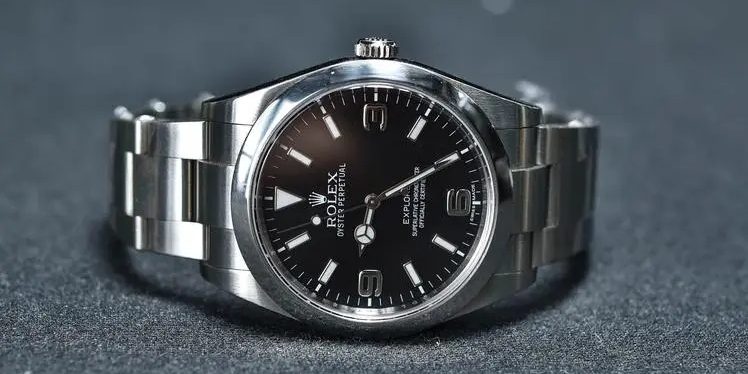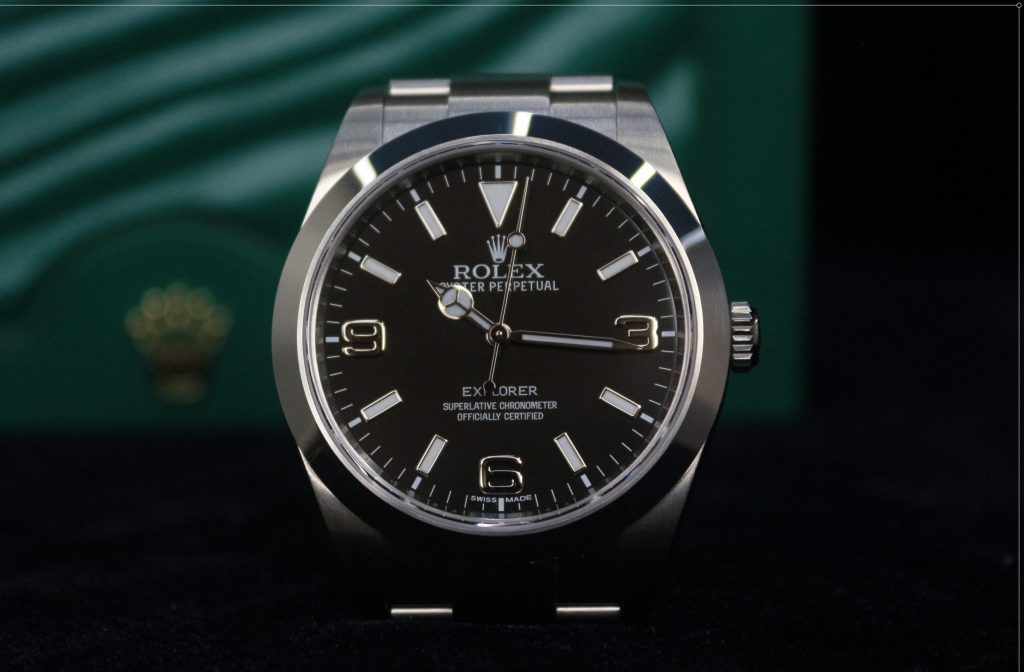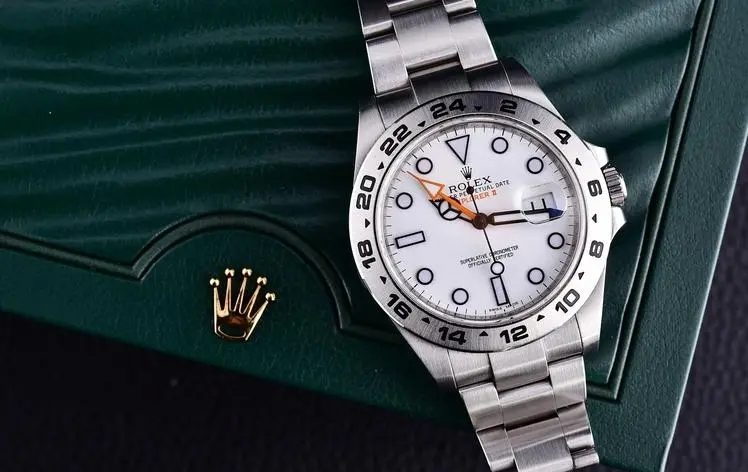Rolex, a beloved watch brand for many, holds intriguing secrets and milestones in its journey. How well do you know Rolex? Who founded it, and why is it named Rolex? Let’s delve into some lesser-known early history of Rolex!
🔍 Who Founded Rolex?
Rolex was founded by Hans Wilsdorf, who believed in the future of wristwatches over pocket watches of the early 20th century. He envisioned wristwatches becoming more precise, waterproof, sturdy, and reliable, embodying the next generation of timekeeping. Wilsdorf’s business success stemmed from his firm conviction, not merely following trends.
🔍 The Emergence of Rolex
In 1905, Wilsdorf established Wilsdorf & Davis in London, focusing on watch distribution. He was particularly impressed with Aegler Company in Biel, believing they could provide the compact and precise movements needed for his wristwatches. This partnership marked the beginning of Wilsdorf’s journey to develop accurate timepieces.
🔍 The Origin of the Name ‘ROLEX’
In 1908, Wilsdorf officially registered ‘ROLEX’ in Switzerland. The name’s selection involved several criteria: it had to be concise, easy to pronounce in any language, memorable, and visually appealing on watch movements and dials. Despite considering hundreds of combinations, Wilsdorf couldn’t find a satisfactory name until one morning in 1908, when he purportedly heard a voice whisper ‘Rolex’ while riding a bus on Cheapside Street in London. This seemingly divine inspiration led to the iconic brand name.
🔍 Official Recognition
Rolex’s first significant achievement came in 1910 when a Rolex watch was certified by the Official Watch Rating Centre in Biel, Switzerland – a first for a wristwatch. In 1914, Rolex earned the prestigious ‘Class A’ precision certificate from Kew Observatory, traditionally reserved for marine chronometers. This recognition proved that wristwatches could achieve high precision.
🔍 Establishing Montres Rolex SA
In 1920, Wilsdorf moved to Geneva, Switzerland, to establish Montres Rolex SA, enhancing his collaboration with Biel-based suppliers and enabling the production of higher quality watches.
🔍 Rolex Without ‘ROLEX’
Initially, jewelers preferred to brand watches with their own names, hiding the manufacturer’s identity. Wilsdorf gradually persuaded retailers to display the ‘Rolex’ brand on his watches, initially marking only a fraction of the watches with ‘Rolex.’ This branding approach evolved as ‘Rolex’ gained market acceptance.

🔍 Rolex’s First Waterproof Watch
In 1926, Rolex introduced the world’s first waterproof watch, the Oyster. This design featured a hermetically sealed case, effectively protecting the movement from water and dust.
🔍 The Importance of the Fluted Bezel
Rolex’s fluted bezel is not merely aesthetic; it was initially designed to screw the bezel and case back onto the middle case, ensuring waterproofness. While modern Oyster watches no longer use this method, some models retain the fluted bezel as a tribute to Rolex’s history.
🔍 Rolex’s First Brand Ambassador
In 1927, Mercedes Gleitze wore a Rolex Oyster while swimming across the English Channel. Her successful swim, with the Rolex watch functioning perfectly afterward, was promoted in a front-page Daily Mail advertisement, pioneering the concept of brand ambassadors for Rolex. Since then, Rolex has collaborated with numerous athletes and adventurers, making its mark in various fields.
🔍 The Evolution of the Rolex Explorer
The Rolex Explorer, known for its understated elegance and classic ‘369’ dial, has remained true to its original design ethos over six decades. Devoid of embellishments like date magnifiers or colorful bezels, its simplicity and clarity stand out, symbolizing Rolex’s commitment to functional beauty.

Intrigued to learn more about the legendary watch brand? Visit our website for further insights into the captivating world of Rolex.



